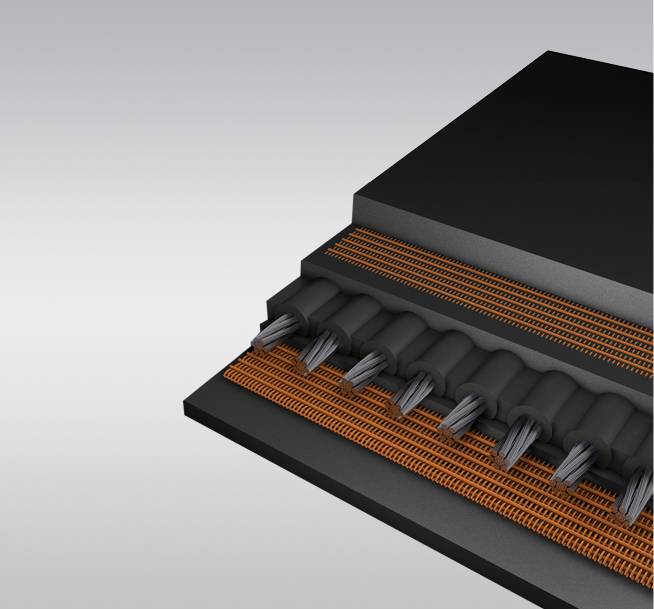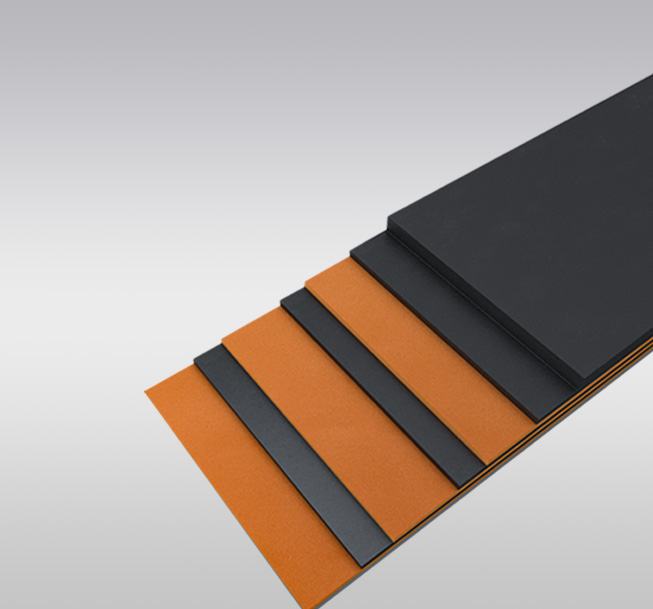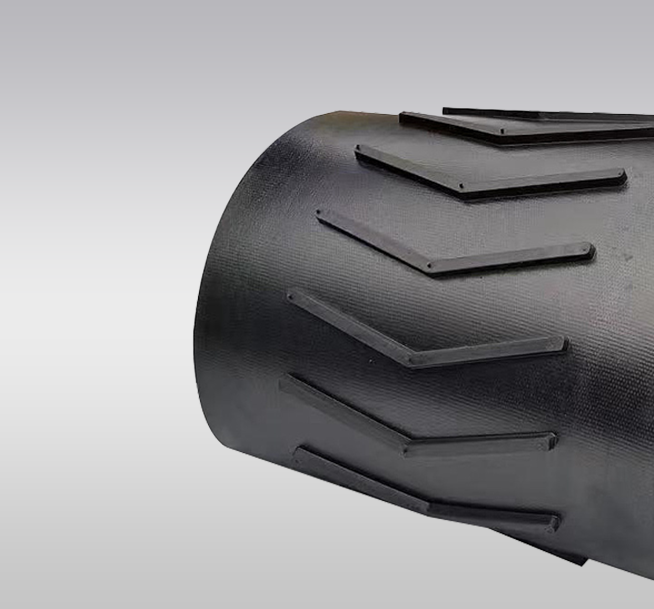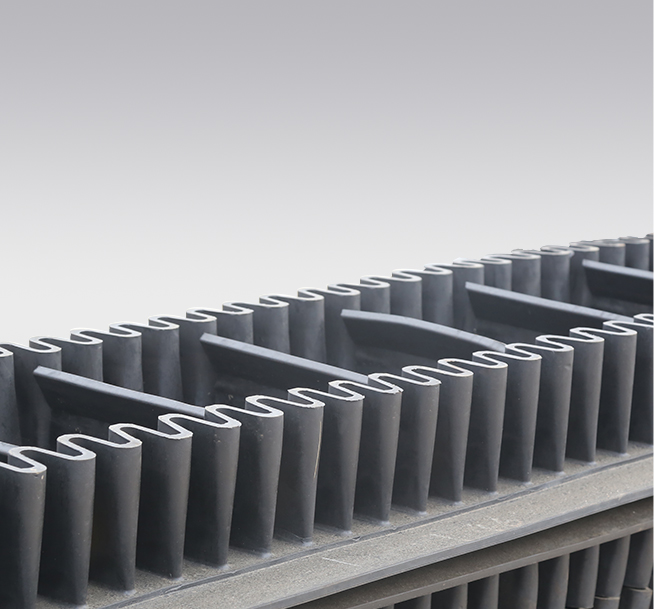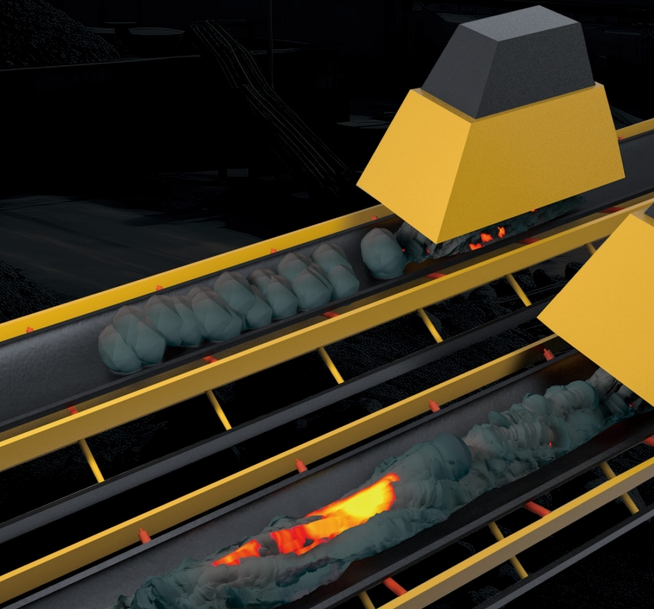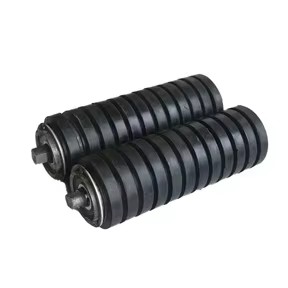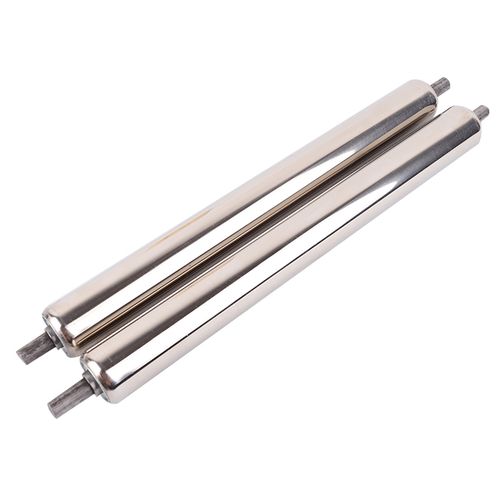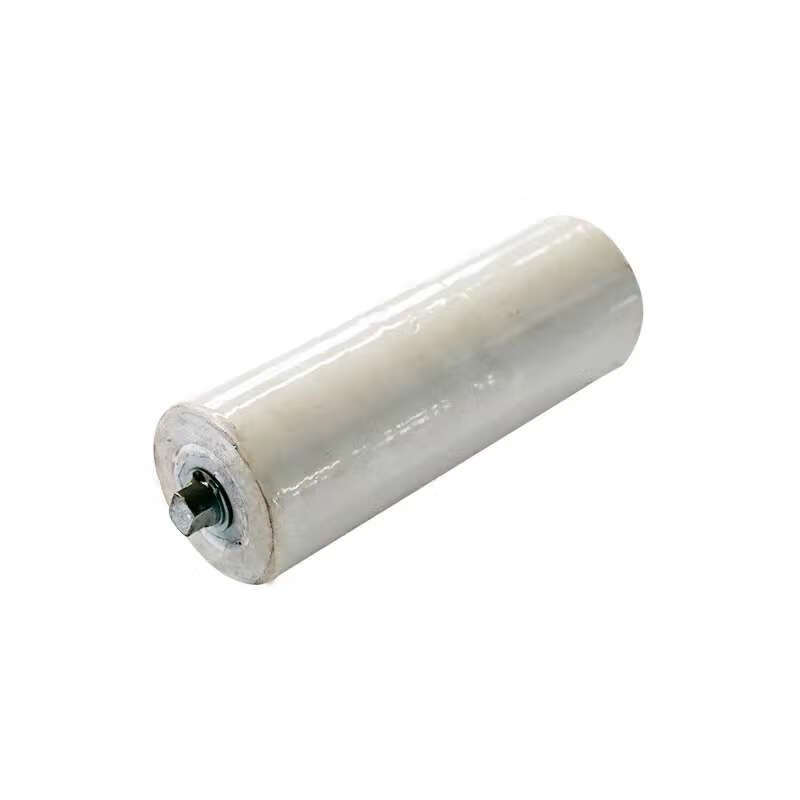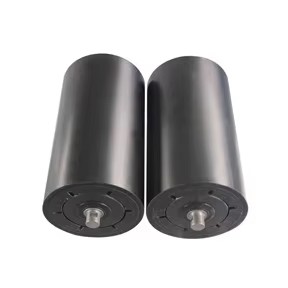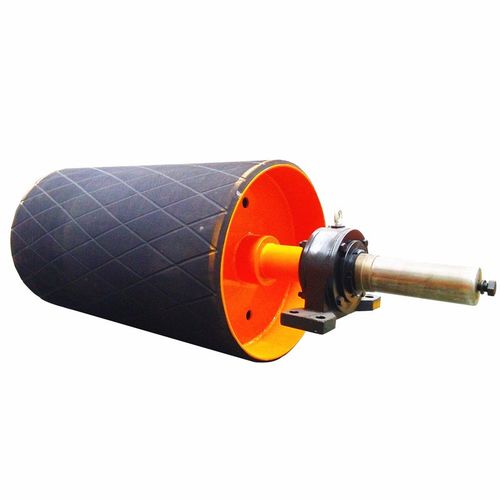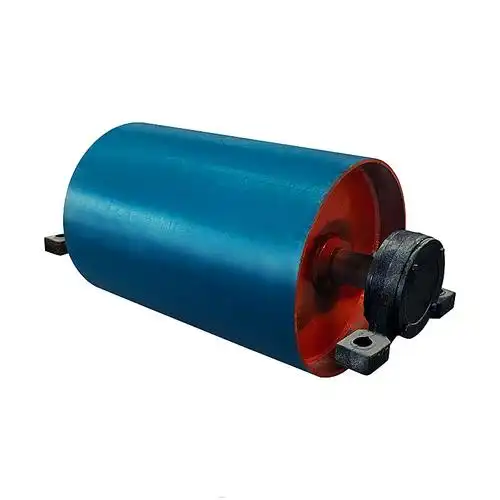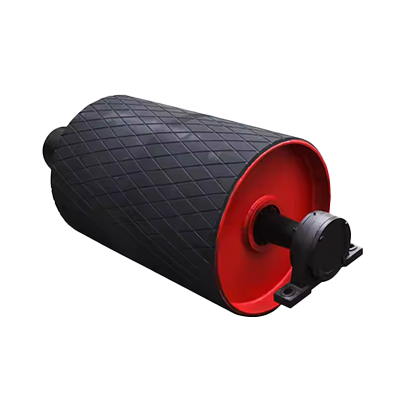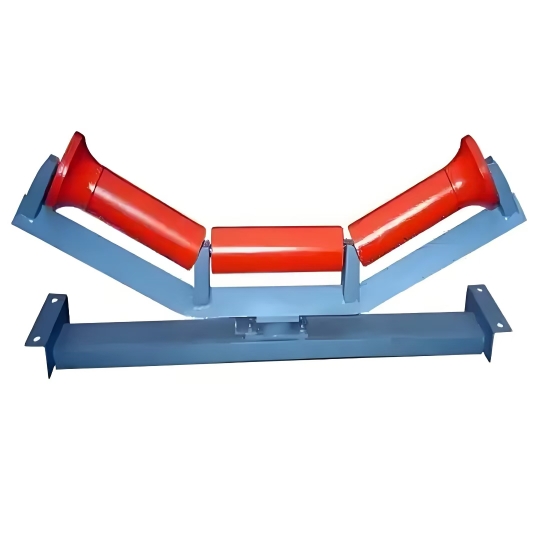Heavy-Duty Spotlight: Important Questions for Steel Cord Belt Systems
Heavy-Duty Spotlight: Important Questions for Steel Cord Belt Systems
The heavy-duty mining industry has belt conveyor systems that operate under extremely harsh conditions. Because of this, they are constantly susceptible to damage, leading to site downtime, excess repair costs, and potential profit loss.
One such conveyor belt type that consistently needs rapid repair is steel cord.
Simply put, they are strong and can often handle the tough application needs that their operators require. However, when they break down, many sites are often unprepared to spring into action.
I think this warrants some time to delve into important information on steel cord belts that can make your operation run smoother and keep you from feeling the pain that arises with downtime.
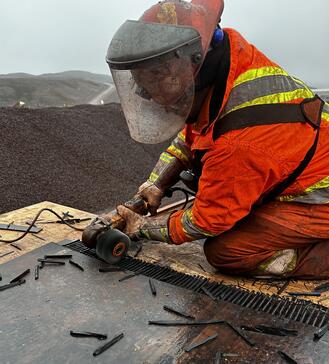
Why Steel Cord Belts Are Beneficial
Steel cord belting is useful for many heavy-duty mines.
The steel strands that are embedded in the rubber of the belt allow for an incredibly tough conveying process, providing a high level of tensile strength that is tremendously resistant to excess wear and damage.
Additionally, steel cord belts often boast an increased troughing ability, giving operators the chance to more easily carry material and allowing them to move their belt from flat to trough over a shorter distance than other conventional methods.
Steel cord belts are also increasingly being adopted into mining belt lines across the globe. At this point, it would be wise to familiarize yourself with the technology and be prepared for the challenges that can arise when using them. This is particularly true for three belt types: port load-out belts, mainline belts, and select feeder belts.
Overall, steel cord belts are convenient for these applications because they can take on heavy, abrasive loads, and do so with little to no worry of elongation. In turn, they will maintain the proper stretch and length required for conveying and avoid excess wear at a better rate than other belt types.
Why Keeping Steel Cord Belts Healthy is Crucial
Maintaining a high standard of belt health is always important, but it is especially so for operators using steel cord belts.
There are real, major financial consequences when they are left uncared for. In an industry like coal mining, downtime is costly and is only amplified when dealing with more large-scale belt conveyors.
The actual cost to re-splice a damaged steel cord belt can be massive. For solutions like vulcanization, this is particularly true. Sites must often utilize a third-party to vulcanize their belt. This process can take quite a bit of time, as these service providers often have their calendars booked out in advance. In an emergency downtime scenario, this can force operators to wait days, hurting their overall profit margin.
How can you help to limit the negative financial impact that comes with downtime? By investing in a specialized steel cord conveyor belt splicing solution.
What to Ask Before Choosing a Steel Cord Belt Splicing Solution
The material you are not moving during conveyor downtime costs a lot of money. That figure is only amplified as time goes on.
The best way to prepare for a downtime incident is to think through what measures you can take before one happens. The following are questions that you and your maintenance team should be asking to bolster your downtime reaction response for your steel cord belts.
How much time do I have to get the belt up and running?
Steel cord belts are often used in time-sensitive jobs where crews have a strict deadline. If a belt goes down, your whole production can come to a screeching halt. Unless there is a thorough, structured maintenance plan in place, your team can be left scrambling.
To determine the most effective method for splicing, sites should ask themselves when they need the belt back up and running.
Typically, steel cord belts are central to the success of an operation. For example, if a shipment of coal is needed ASAP and financial concerns start mounting the longer you wait, a fast-acting solution will need to be found quickly.
However, some sites may consider waiting for vulcanization due to their application needs.
What splice methods are available and how long will they take?
For belts that need to be back into operation quickly, sites should consider utilizing the Haituo Steel Cord Belt Fastening System.
The Haituo gives operators the ability to get their downed conveyor belt up and running quickly. On a 72 in. (1800mm) wide belt, it would take four workers approximately five hours to install the Haituo and fully seal the splice with a liquid urethane compound, enabling the belt to get back in operation.
Conveniently, the Haituo can be “prespliced” before use. In turn, operators can prepare Haituo kits to meet their belt specifications before a downtime incident occurs, allowing them to splice more efficiently as needed.
The ability to quickly react to downtime is crucial. Just like you would have a fire extinguisher on hand for emergency situations, the same could be said for the Haituo. We strongly advise our partners with steel cord belts to keep a few Haituo splice kits on hand for future splices, especially for those in more remote locations as they may have to wait an extended period of time for other splice methods. Doing so gives maintenance crews the power to get their belts back up and running much more efficiently on their own terms.
As mentioned previously, an alternative option for steel cord belt splicing is to use vulcanization.
Vulcanization is a strong splice that, when done properly, can last a long time. By melting the belt ends together, operators can create a strong seamless splice. However, vulcanization may require more belting material, thus more belt prep work, to successfully splice. The amount of belt and time to strip cords to install an Haituo splice is comparatively lower.
What is the severity of my downtime and how long can I wait for a splicing solution?
Another major factor in determining what solution works for your downtime incident is by determining what level of damage has been done.
If a belt is down and a site wants to take some time to evaluate long-term solutions, something like the Haituo is the perfect choice. By installing Haituo fasteners on their damaged belt, facilities can continue production while they determine their long-term splice needs.
If the right decision is to schedule vulcanization, their maintenance team can install fasteners as a stopgap measure while they wait.
Make the Right Steel Cord Belt Splicing Choice
Investing in an effective steel cord belt splicing solution is of prime importance for all mining facilities.
Having a plan in place allows you to react quickly to downtime, saving you from negative financial implications and impacting customer relationships when material is not delivered.
Don’t panic, be prepared. Build your Haituo inventory today.
Related Products
Professional OEM/ODM Services to Match Your Needs
We offer fast and flexible customization to meet your exact needs.
Reach Out Today
Contact us to get a free quote, your project will meet a right solution with us.

Tell Us What You Need
Tell us as specific as possible of your needs, provide the drawing, reference picture and share your idea to us.

Get Solution & Quote
We will work on the best solution according to your requirements, and quote will be provided within 24 hours.

Approve Mass Production
We will start mass production after approval and deposit, and we will handle the shipment and future after-sale service.

